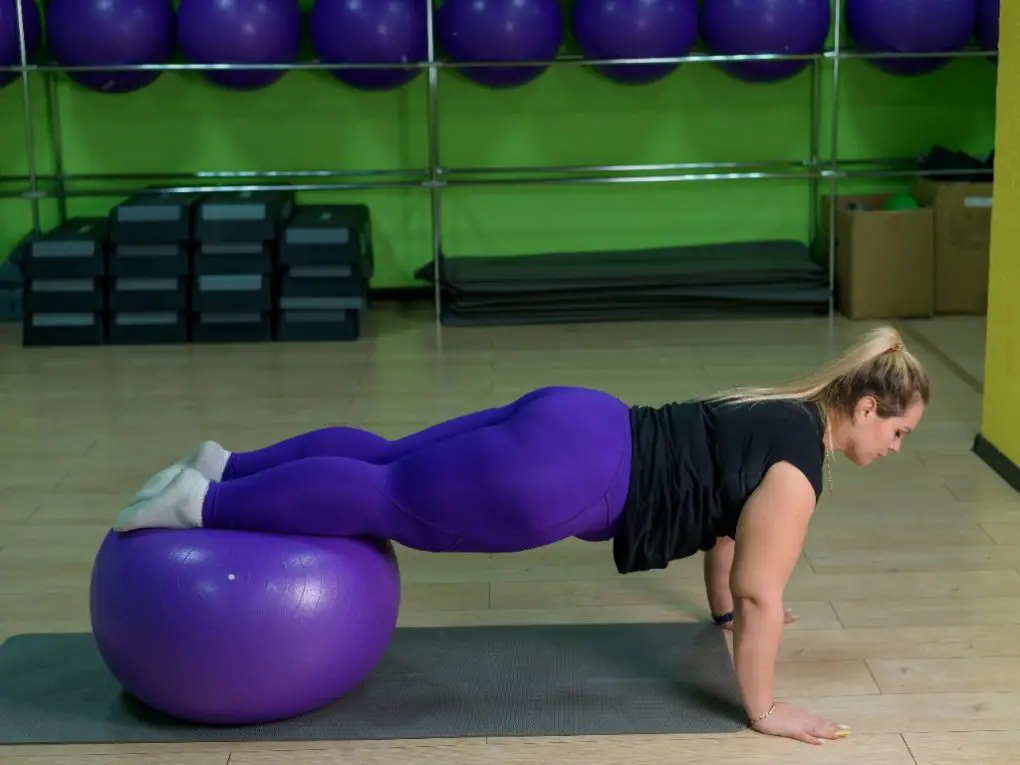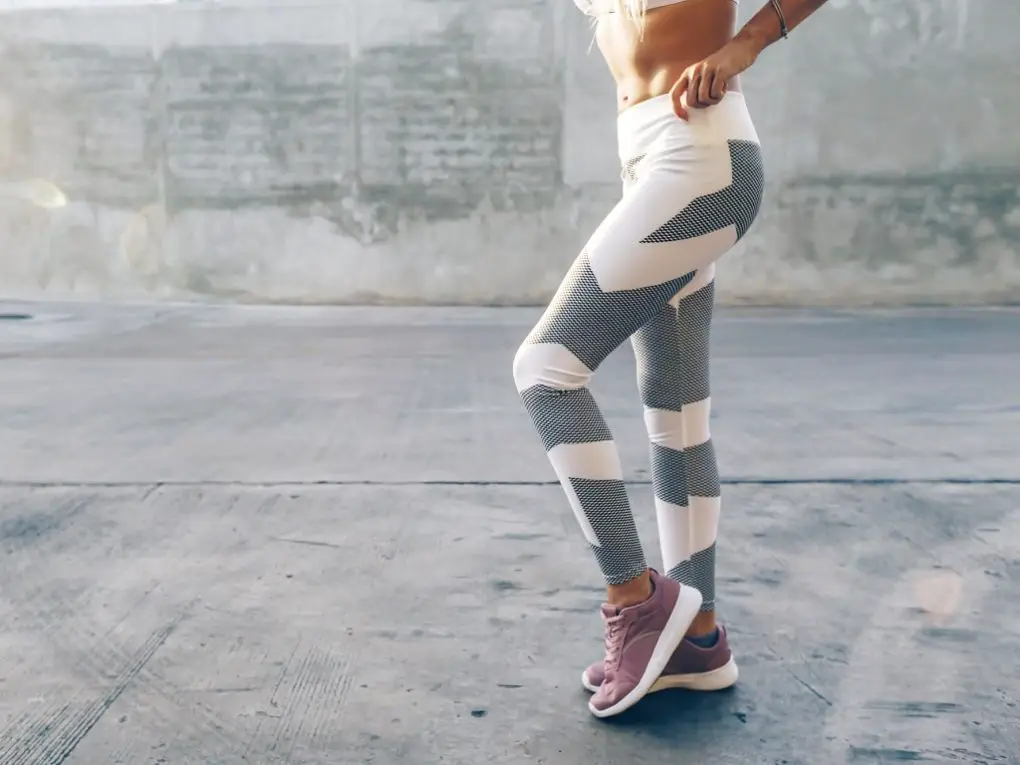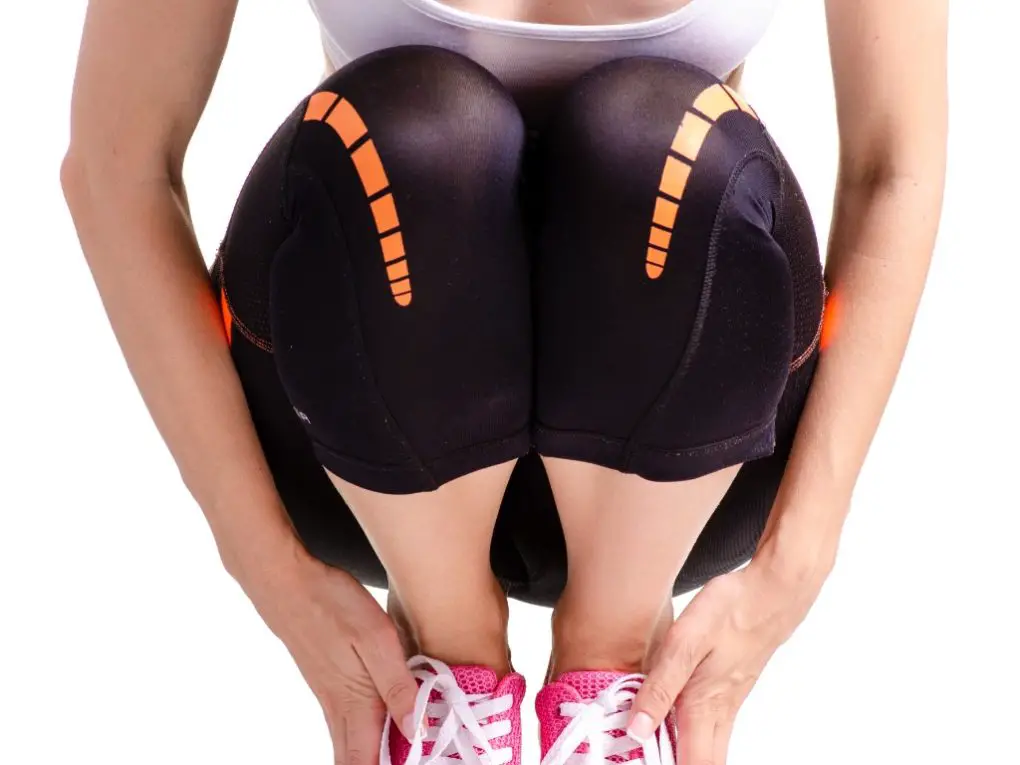Do Anti-cellulite Leggings Work: A Comprehensive Review
Yes, anti-cellulite leggings work. However, while they can effectively conceal cellulite and provide a smoother appearance, they are not a miracle cure. However, the effectiveness of these leggings can vary depending on the individual and the severity of their cellulite.


It’s important to remember that anti-cellulite leggings are not a substitute for a healthy diet and exercise routine, which are essential for reducing the appearance of cellulite in the long term.
That being said, a variety of anti-cellulite leggings on the market claim to provide additional benefits such as increased blood circulation and lymphatic drainage. These leggings are often made from neoprene or textured fabrics, designed to provide compression and support to the targeted areas.
What Anti-cellulite Leggings Are
Anti-cellulite leggings are a type of compression garment designed to reduce the appearance of cellulite on the legs, thighs, and buttocks. These leggings are made from various fabrics, including spandex, nylon, and polyester, and are designed to fit tightly around the body.
The idea behind anti-cellulite leggings is that they help increase blood flow and lymphatic drainage in the legs, which can help reduce cellulite’s appearance. Some leggings are also designed to massage the skin and stimulate blood circulation, which can further help reduce cellulite’s appearance.
Many anti-cellulite leggings are marketed as having a slimming effect on the legs and buttocks; some are even designed to lift and sculpt the buttocks. However, it is important to note that the effects of anti-cellulite leggings are typically temporary and may not be as dramatic as some manufacturers claim.
How Anti-cellulite Leggings Work
Compression
Anti-cellulite leggings typically feature compression technology, which involves applying pressure to the skin and underlying tissues to promote better blood circulation and lymphatic flow, potentially resulting in a temporary reduction in the appearance of cellulite.
Compression in anti-cellulite leggings is typically achieved through elastic fabrics with a tight, snug fit. The leggings apply pressure evenly to the skin and underlying tissues, stimulating blood flow and lymphatic drainage and improving cellulite’s appearance.
The pressure exerted by the leggings can also help smooth the skin, giving it a more toned and firm appearance. The compression provided by anti-cellulite leggings may also help to reduce the accumulation of excess fluids in the tissues, which is one of the factors contributing to the formation of cellulite.
By promoting better lymphatic drainage, compression leggings may flush out excess fluids and toxins from the tissues, potentially reducing swelling and puffiness associated with cellulite.


Micro-Massage
Micro-massage refers to the small-scale mechanical stimulation of the skin and underlying tissues, typically achieved through textured fabrics or other features in the leggings. Anti-cellulite leggings often claim to provide micro-massage to the skin, which is believed to help reduce the appearance of cellulite.
The textured fabric of anti-cellulite leggings, which may feature raised bumps, ridges, or other patterns, can create gentle friction against the skin during movement. This friction stimulates blood circulation, potentially improving oxygen and nutrient delivery to the skin and underlying tissues.
Increased blood flow promotes tissue health and reduces the appearance of cellulite. Micro-massage in anti-cellulite leggings may also help stimulate the lymphatic system, which drains excess fluids and toxins from the body.
Some anti-cellulite leggings may have textured fabrics that provide a mild exfoliating effect on the skin. For example, the friction created by the textured fabric against the skin during movement may help remove dead skin cells, unclog pores, and smooth out the skin’s surface, contributing to a more even and toned appearance.
The mechanical stimulation provided by micro-massage in anti-cellulite leggings may also help to stimulate the skin and underlying tissues, potentially promoting collagen production and tissue regeneration. In addition, improved collagen production can help to strengthen the skin’s structure, making it more resilient and reducing the appearance of cellulite.
Limitations
The effects of anti-cellulite leggings are typically temporary and may not provide long-lasting results. The compression and micro-massage provided by these leggings may help reduce cellulite’s appearance temporarily, but the results may fade once the leggings are removed.
The compression provided by anti-cellulite leggings may diminish with wear and washing over time, and the leggings may lose their initial effectiveness over prolonged use. Anti-cellulite leggings are not a substitute for a healthy lifestyle, including regular exercise, a balanced diet, and maintaining a healthy weight. However, these leggings may provide complementary support, but they should not be relied upon as the sole solution for managing cellulite.
The effectiveness of anti-cellulite leggings can vary depending on individual factors such as body composition, skin type, and the severity of cellulite. What works for one person may not work for another, and some individuals may see minimal or no improvement in the appearance of cellulite with these leggings.
Cellulite is a multifactorial condition with various causes, including genetics, hormonal factors, lifestyle, and diet. While anti-cellulite leggings may help address some factors contributing to cellulite, they may not provide a comprehensive solution to eliminate cellulite.
The fit and comfort of anti-cellulite leggings can vary depending on the brand, style, and size. If the leggings are too tight, they may cause discomfort or restrict movement, while if they are too loose, they may not provide effective compression or micro-massage. However, finding the right fit and comfort level may require trial and error.
Anti-cellulite leggings can be relatively expensive compared to regular leggings, and the cost may be a consideration for some individuals, especially if the results are temporary and not guaranteed.
The Risks Associated With Wearing Anti-cellulite Leggings
Some anti-cellulite leggings are made from synthetic materials or contain chemical additives, and some individuals may develop allergic reactions to these materials. This can cause skin irritation, redness, itching, or rash. It’s important to check the materials used in the leggings and ensure you are not allergic to them before wearing them.
The compression provided by anti-cellulite leggings may be too tight for some individuals, leading to discomfort, restricted circulation, or even potential circulation-related issues, such as deep vein thrombosis (DVT).
In my experience with anti-cellulite leggings, choosing the right size and fit is important, and not wearing overly tight leggings for prolonged periods, especially if you have any underlying health conditions that may affect circulation.


Some individuals may find anti-cellulite leggings uncomfortable to wear due to the fabric’s pressure, friction, or texture. For example, wearing leggings that are too tight or with rough textures for extended periods may cause discomfort, pain, or skin irritation.
The textured fabric or compression of anti-cellulite leggings may not be suitable for individuals with sensitive skin or certain skin conditions, such as eczema, psoriasis, or dermatitis. In addition, it may cause skin irritation and redness or exacerbate existing skin conditions.
Many brands and types of anti-cellulite leggings are on the market, and some may make exaggerated or false claims about their effectiveness. It’s important to be cautious of unrealistic claims and carefully research the leggings and the brand before purchasing.
The micro-massage or compression provided by anti-cellulite leggings may alter the natural movement or functioning of muscles, the lymphatic system, or other body processes. Prolonged or excessive use of anti-cellulite leggings may disrupt the body’s natural physiological processes.
